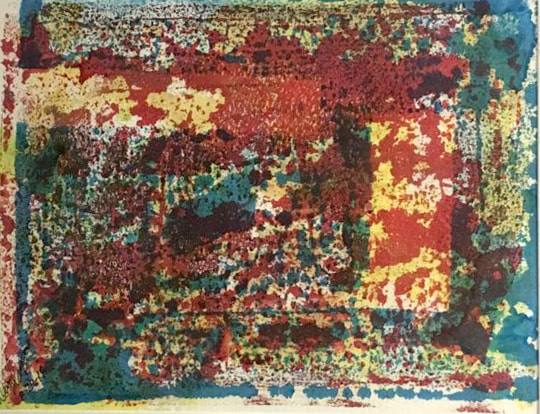

As a result, it is difficult to copy or reproduce this type of painting. The artist's sudden inspiration after viewing any beautiful scenery is represented in the Ink painting technique, which does not place a high value on a precise depiction of a real scene or object. The Isopropyl Alcohol solution gives matte finish, and so to finish up with shine, Claro Extender is used. To make artworks more light and for better blending purposes Isopropyl Alcohol or Alcohol Blending Solution are also used. You can use different colors of ink in your paintings to create colorful artwork. color pigments are produced from a mixture of solid substances, including rocks, metals, minerals, charcoal, and so on.Įven though the ink provides a less vibrant color, it is more durable and less likely to fade. Water-resistant pigment ink is formed in a colloidal solution on water, with the water serving as a carrier solution for the pigment. The Shanghai School is well known for its modern and contemporary Chinese freehand ink wash painting, and the most representative artists are Wu Changshuo, Pu Hua, Wang Zhen, Qi Baishi, Huang Binhong etc.Ĭredit to ink is used in the Ink Painting technique. The oldest intact brush of the Warring States period (475221 BC) was found in the tomb of the citizens of Chu. During the Muromachi period (1338-1573), ink painting reached its peak of popularity among Japanese artists and calligraphers. Zen Buddhist Monks brought the technique to Japan around 1350. It prospered during the Shang dynasty (960-1279), and mostly traded with Ancient India, and so it is also known as Indian Ink.

Ink Painting, also known as ink wash painting or shui mo hua (Chinese) or Indian ink painting is a type of brush painting that uses black ink.Īrtist Wang Wei introduced the method of ink painting during the Tang dynasty somewhere between 618 and 907 AD.


 0 kommentar(er)
0 kommentar(er)
